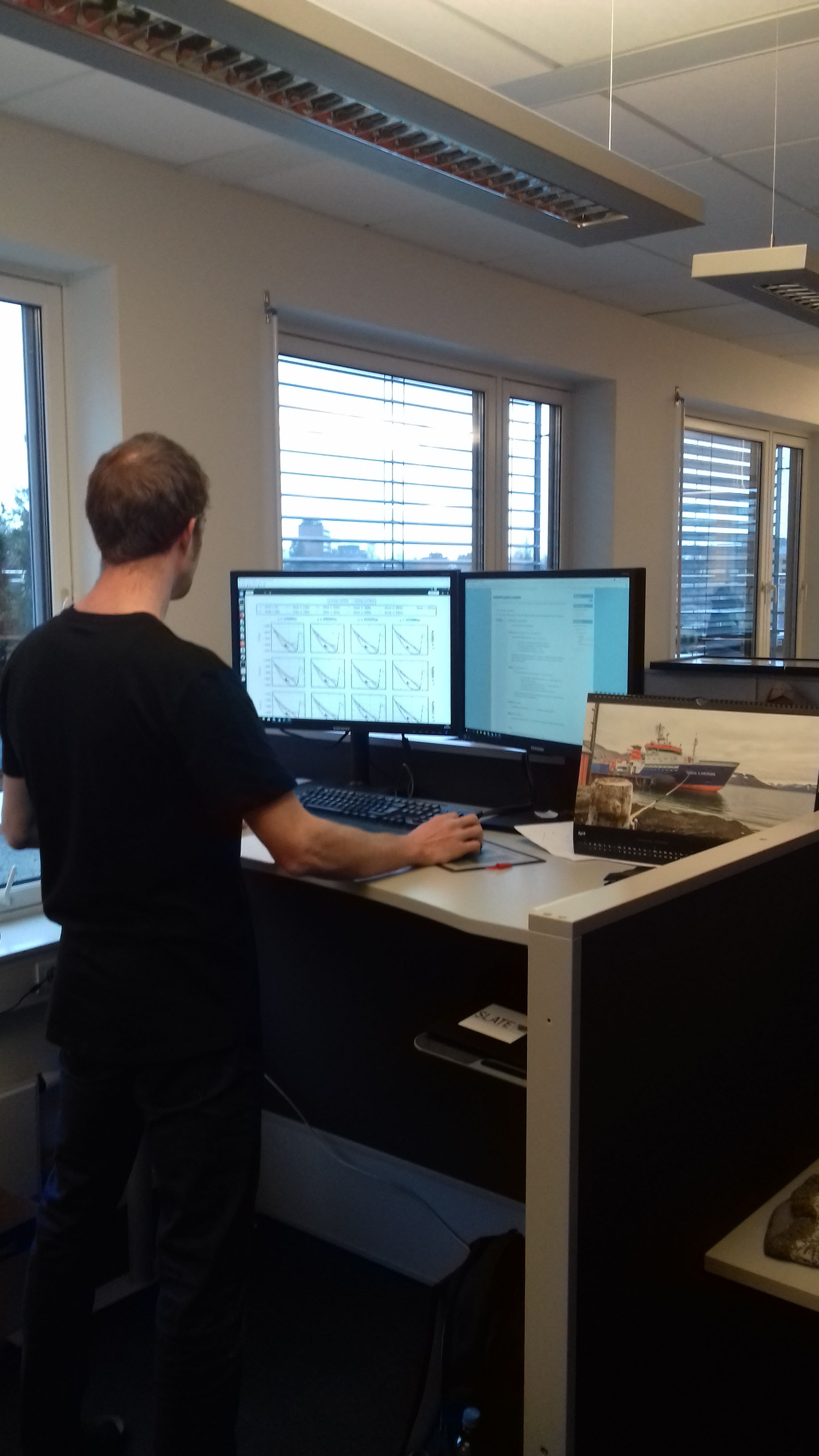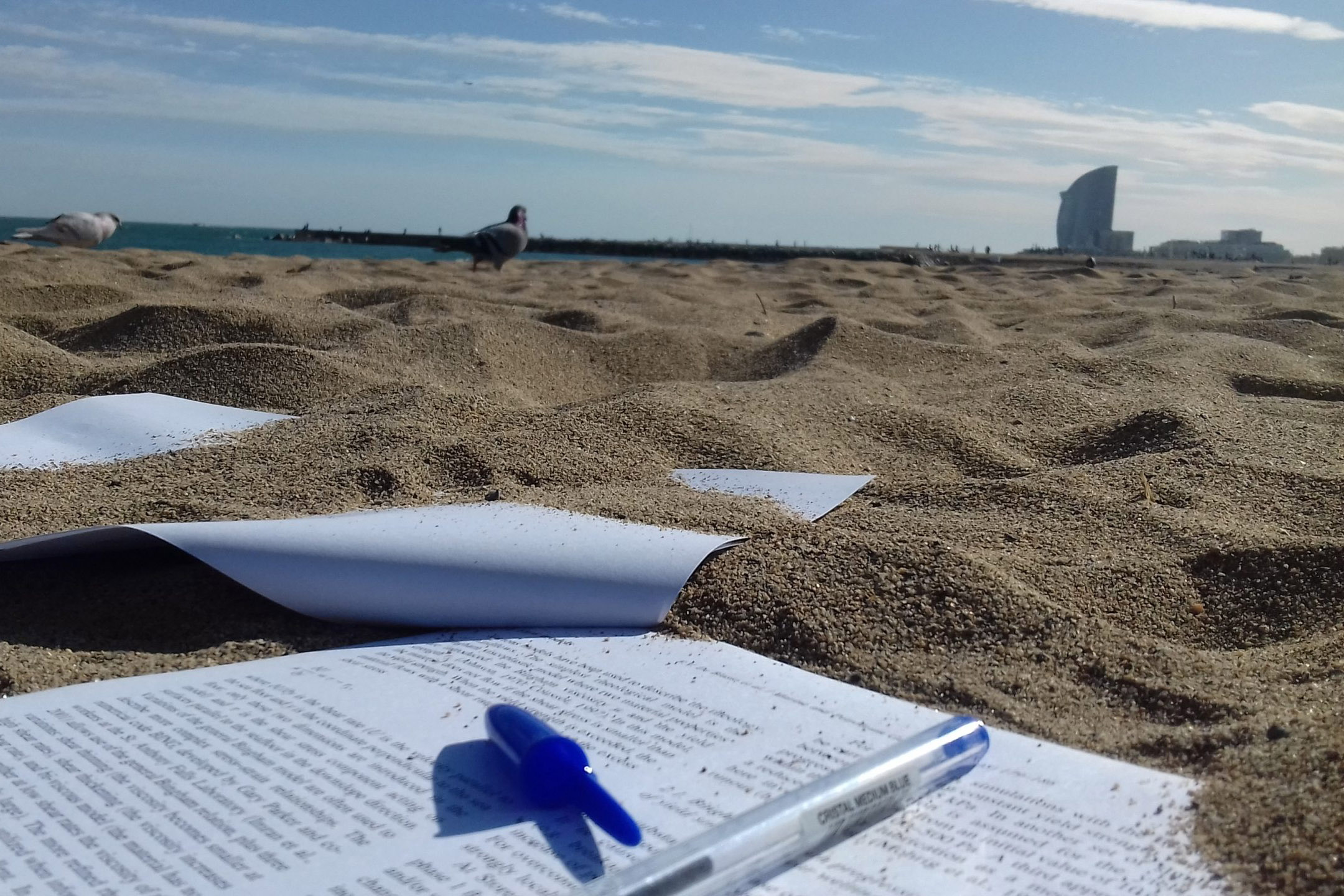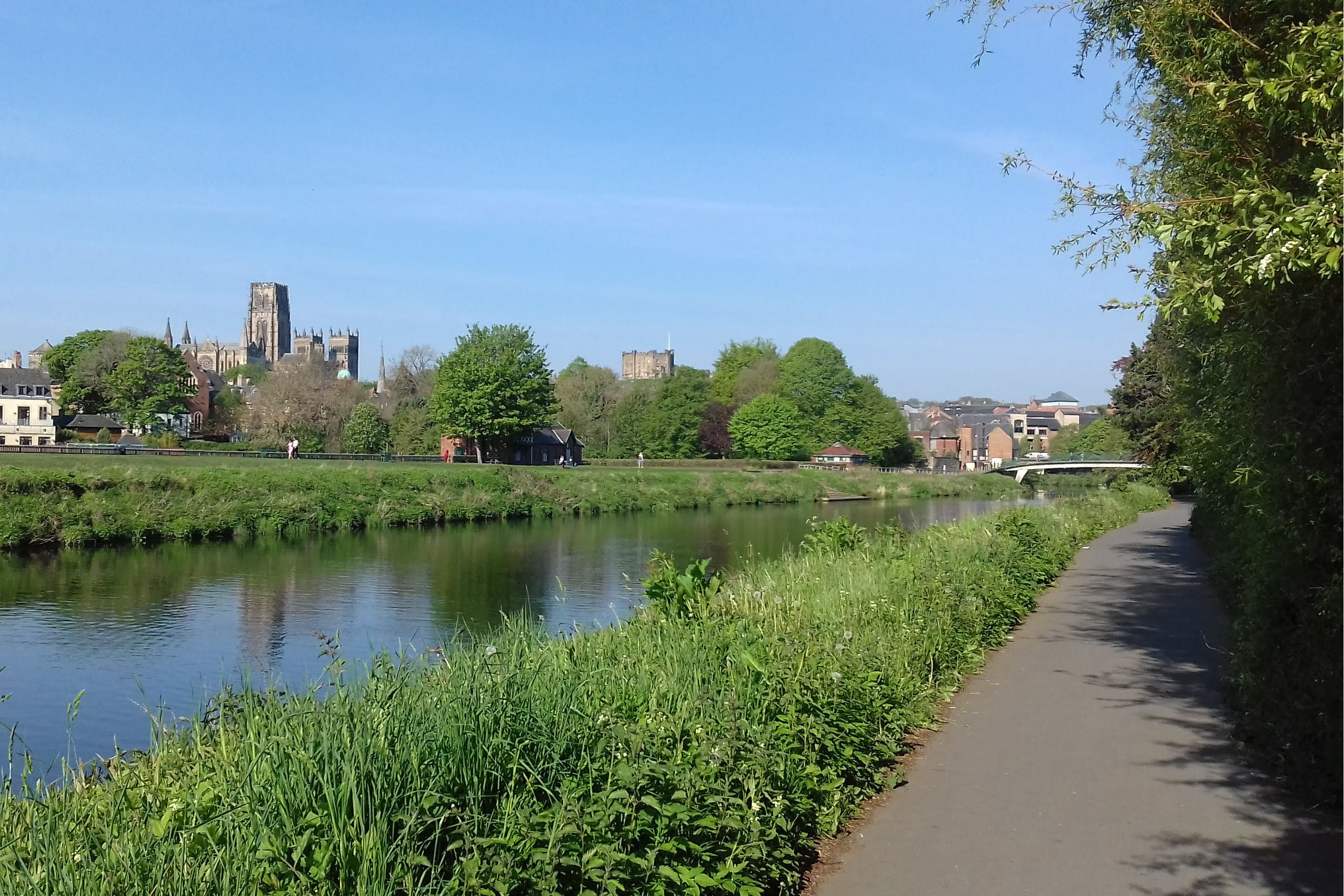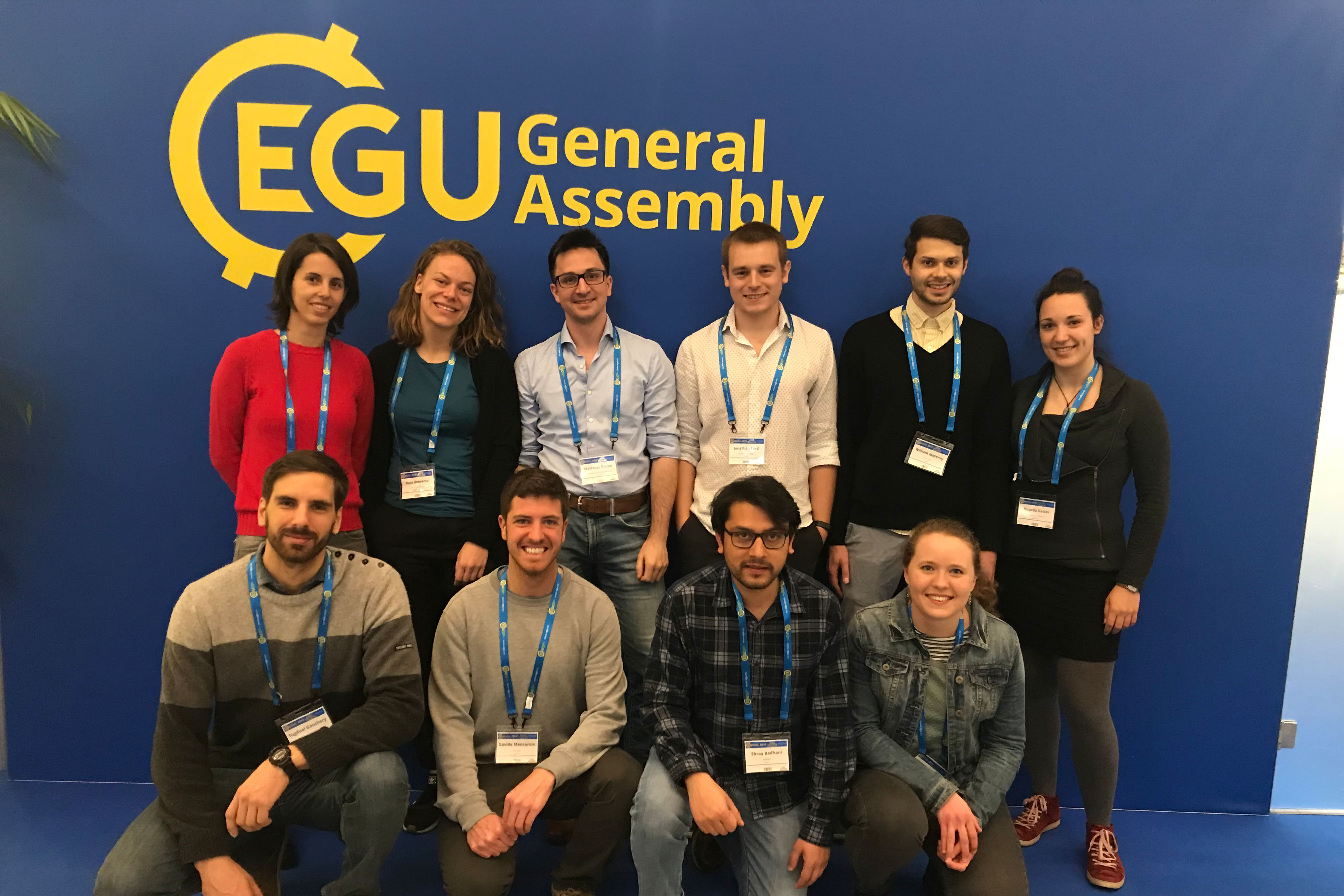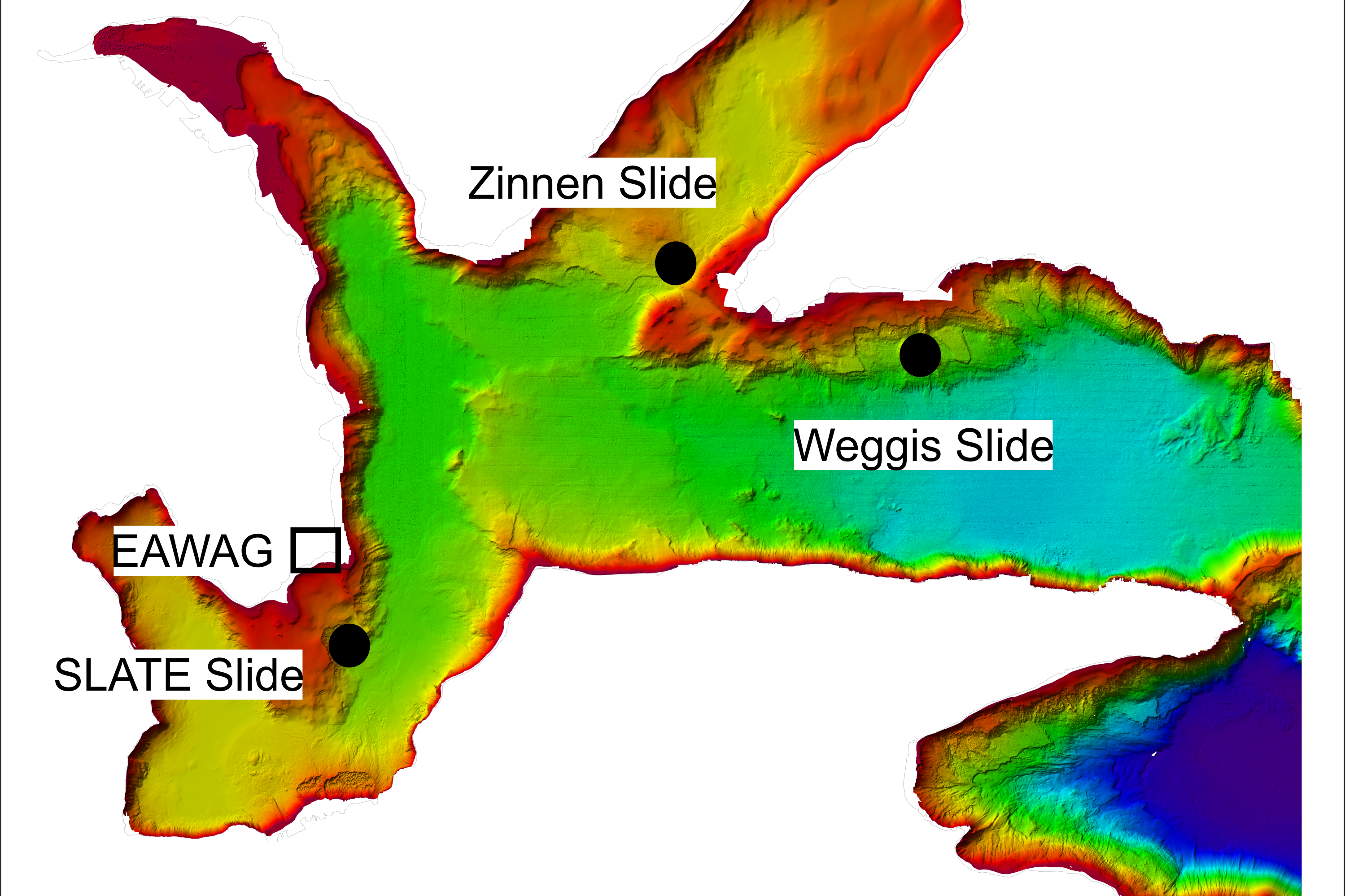
Influence of submarine landslide failure and flow on tsunami genesis
Thomas Zengaffinen | NGI
Research
Various mechanisms can cause tsunamis. We will focus on submarine mass movements, which can cause tsunamis with widespread outcomes. A crucial task is to find out how different failure mechanisms, disintegration, and flow dynamics govern tsunami genesis. Our focus will be on submarine slumps and translational landslides. We shall use numerical depth-averaged landslide and tsunami models for the following parts of this project.
The first part of this project deals with slump source mechanisms. A slump is a mass movement with large acceleration and relatively short run-out distance. Løvholt et al. (2018) described the slump motion as a moving block. However, our intention is to model the slump as a viscoplastic flow. As a first direct representation, we shall link the slump motion and tsunami generation to mechanical parameters, such as the soil yield strength. At the end of this first part of the project, we intend to reproduce field observations from slump induced landslide tsunamis such as the 1929 Grand Banks tsunami. This first study of slump induced landslide tsunamis serves as an introductory exercise, as slumps are just one end member of landslides.
The second part of this project adresses submarine landslides. They need a broader study than submarine slumps in order to systematically determine how tsunami characteristics depend on landslide parameters. We shall carry out a large number of simulations in a systematic manner for the following key soil and geometrical parameters: initial yield strength, remoulding rate, remoulded yield strength, slope gradient, landslide geometry and volume. Again, as in the slump study, we shall link landslide and tsunami characteristics to these landslide parameters in an idealised geometry. We will give particular attention to the remoulding rate of the landslide, which controls the rate of failure and is the key parameter to retrogressive and top-down landslide failures. We shall turn our attention to two of the largest landslides ever recorded, namely the 8150 BP Storegga Slide (retrogressive) and the 4500 BP Trænadjupet Slide (retrogressive and top-down).
Together with the University of Durham, we will retrofit the landslide mechanism of the Trænadjupet Slide towards field data, and focus on its marginal effect on tsunami generation. This analysis is important, as it will shed light on possible landslides that produce hardly any tsunamis, despite having enormous volumes (Allin et al., in review). Taken together, the focus of the two first parts of this project is on the link between tsunami metrics and mechanical soil parameters of slumps and landslides.
The last part of this project will adapt this study on submarine landslide tsunamis to probabilistic tsunami hazard analysis (PTHA). We will use the landslide parameter study above for a regional hazard assessment based on a set of idealised sources for the numerical landslide model, whose output will be placed as initial conditions in the numerical tsunami model. The results will cast into an offshore or a coastal hazard model.
After the entire project, we shall be able to understand how the different mass movement mechanisms affect tsunami genesis. Key soil and geometrical parameters will be linked to landslide characteristics and tsunami metrics. In addition, the retrofit of slide mechanisms to ancient mega-tsunamis or “no-tsunami” events will validate the theory from the models. A probabilistic tsunami hazard analysis will result for a selected region.
- Computational Geomechanics
TEAM
NEWS
2020
2019
@ CNR-ISMAR Bologna, Italy (15 – 21 September 2019)
ESR 13, ESR 9, General, News
What are turbidites? What do they look like? And why should we care? Find out what our ESRs discovered during their third annual SLATE meeting and what else happened during the week in Bologna.
@ Vienna, Austria (07 – 12 April 2019)
Conferences, ESR 1, ESR 12, ESR 13, ESR 14, ESR 15, ESR 2, ESR 3, ESR 4, ESR 5, ESR 6, ESR 7, ESR 8, ESR 9, News
ESRs share their experience at the EGU General Assembly 2019 hosted in Vienna, Austria. Posters, oral presentations, PICOs and much more.
2018
Let’s get muddy!
ESR 1, ESR 13, ESR 14, News
During our 2nd annual workshop, the ESRs investigated three different landslide events at Lake Lucerne, Switzerland. In the second blog of the ‘Lake Lucerne Workshop’ series Rachel (ESR1), Thomas (ESR13) and Matthias (ESR14) share their experience on project planning as well as mapping, coring and analysing the data.


